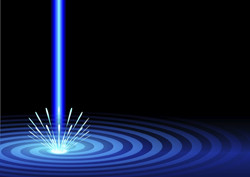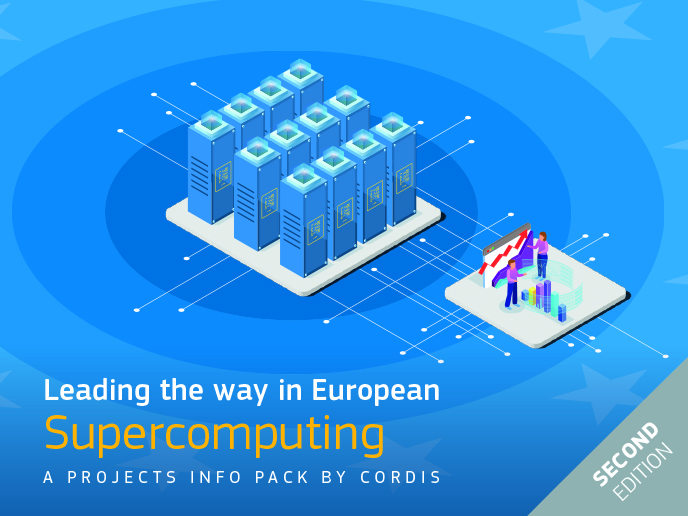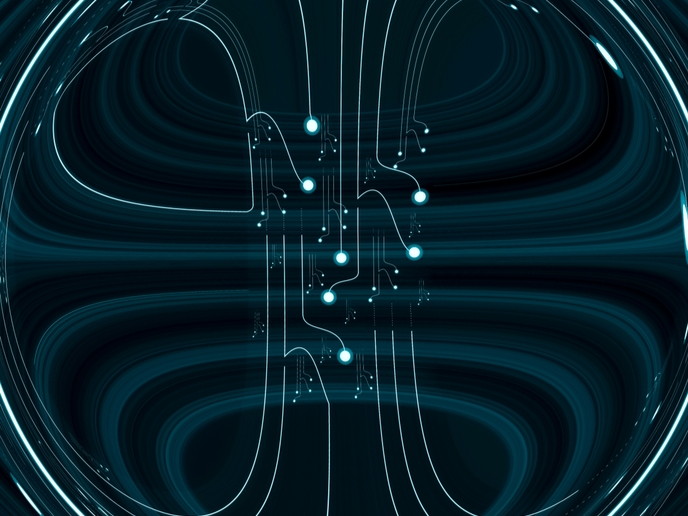Process modelling improves manufacturing
Additive manufacturing eliminates the need for moulds and dies, thereby reducing material waste occurring from post-processing and thereby minimises associated time and costs. The Multiple layer laser direct metal deposition (MLLDMD) process is an additive laser manufacturing technique used to make metal components from powders or add layers to existing ones. Despite great potential, the unpredictability of additive manufacturing processes often result in products with low-quality finish, internal defects and high residual stresses. This limits their use in sectors such as the aerospace industry that have very tight tolerances and strict certification procedures. Researchers hope to overcome these limitations through the development of a new comprehensive process model on a desktop computer within the scope of the project 'Integrated numerical modelling of laser additive processes' (INLADE), to attract new business. The MLLDMD process relies on powder spraying from a nozzle into a moving, laser-induced melt pool that solidifies to form the component or the surface layer. It is a very complex process involving multiple phase changes from the powder to the melt to solidification, with varying heat and mass fluxes. INLADE produced the first published comprehensive model on a desktop computer that treated the complete process from inside the deposition nozzle to the final deposit. Researchers managed to seamlessly integrate different FORTRAN subroutines describing the individual processes. Experimental results on steel parts enabled verification of model performance. The model can accurately simulate part geometry using initial process parameters through successful calculation of residual stresses and phase distributions. Intensive design work ensured efficient utilisation of computer resources and parallel processing for implementation on a desktop computer. Industrial and academic conferences and workshops should ensure that further innovation and subsequent commercialisation will not be far behind. With the powerful modelling tool by INLADE in their hands, manufacturers will be able to reliably deliver superior parts to the aerospace sector. Opening new markets for additive laser manufacturing applications will enhance the competitiveness of the manufacturing sector that forms an important pillar of the EU economy.







